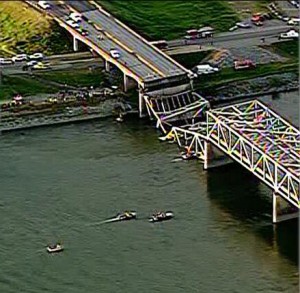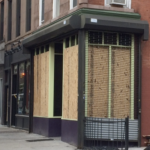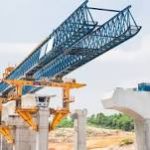Falling bridges, rising taxes
‘Deficient bridges’ are dangerous to drivers.
And to local taxpayers.
The Skagit Valley Bridge in Washington fell down the other day.
 The Economist reported, “When a cross-member of the bridge’s superstructure was damaged by a passing flatbed truck carrying an oversize load, the whole span promptly collapsed. The truck made it across, but two cars on the bridge plunged into the river below. Thankfully, no one was killed.
The Economist reported, “When a cross-member of the bridge’s superstructure was damaged by a passing flatbed truck carrying an oversize load, the whole span promptly collapsed. The truck made it across, but two cars on the bridge plunged into the river below. Thankfully, no one was killed.
“66,000 [bridges in America] are deemed structurally deficient, meaning they need to be repaired or replaced.”
Thousands of bridges per state! So where will the money come from?
“The trouble is the Highway Trust Fund, which receives money from fuel taxes to pay for repairing bridges and other infrastructure, is expected to go broke next year. Revenue from fuel taxes has declined steadily as Americans have switched to more efficient cars and also started driving less as a result of persistently high unemployment and the anaemic economy. Meanwhile, the chance of raising federal taxes on gasoline and diesel, which have not seen an increase since 1993, is effectively zero — given the present gridlock in Congress.”
If the federal government can’t do it, seems to me that infrastructure rehab (like coastal protection and repair) will likely hit local residents (some a lot more than others) with big tax levies from their states and municipalities.
Our free Where-To-Live Scorecards use Deficient Bridges as one gauge of each locality’s potential tax increases. (Nineteen percent of Rhode Island’s daily traffic is on them, less than one percent in Texas.)



